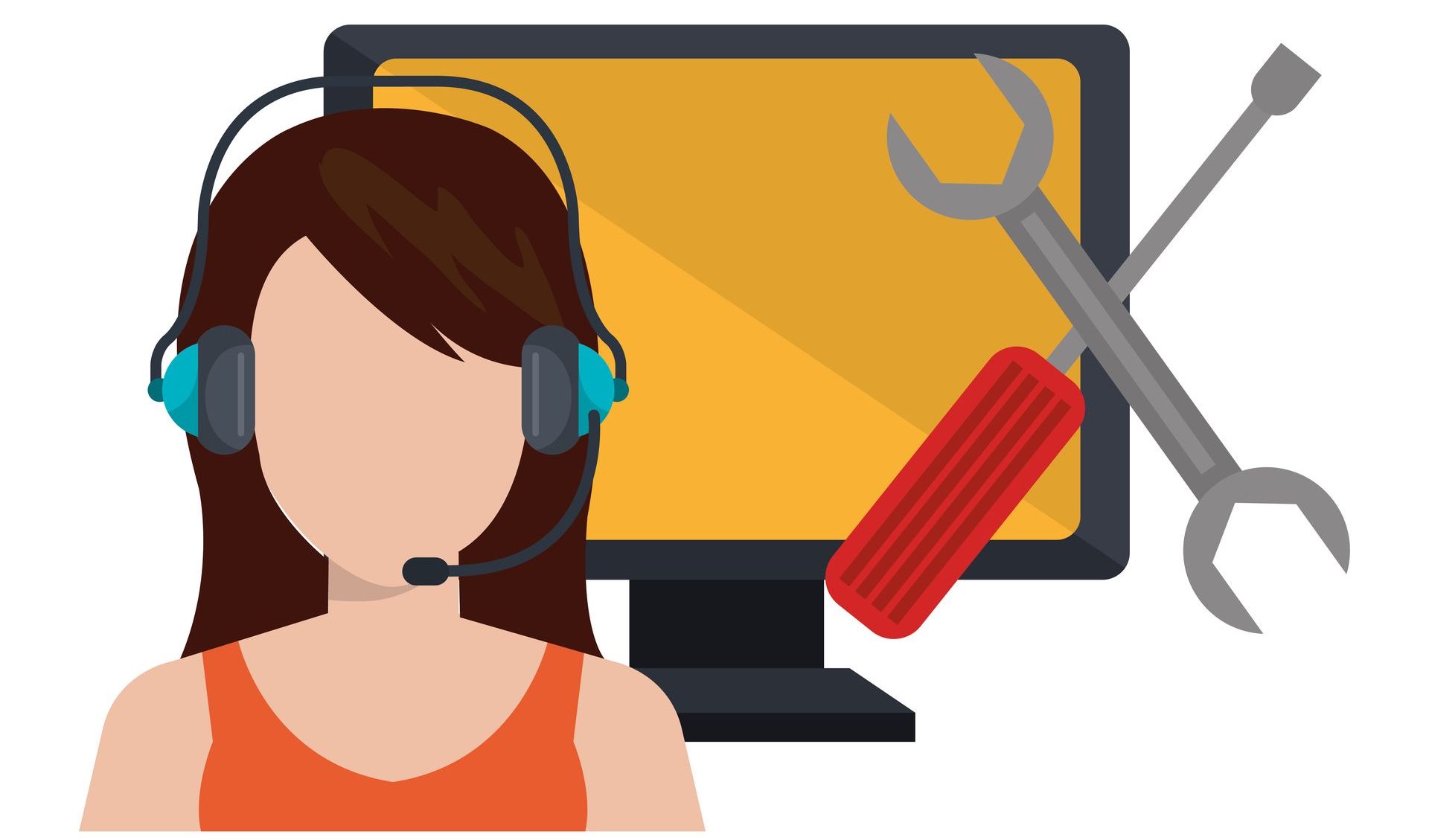It is crucial to find out about IT support and ensure that your business has the right tools, team and strategies to minimise issues that can cost the business money.
This article serves as a guide to prevent issues before they arise by having proactive technical assistance.

Proactive tasks to prevent maintenance on technical assistance
Any underlying issues can be sorted if you perform regular tasks to ensure that the functioning of your systems and equipment is running smoothly. Here are the everyday tasks that you can do as preventive maintenance measures.
Hardware inspections
Routine inspections should be conducted on hardware components such as storage systems, network devices and servers. It will also provide insight into any signs of wear and tear, potential failures and loose connections. Doing this inspection as a preventative measure will give you enough time to get replacements and repairs there to prevent unexpected downtimes or data loss.
System optimisations
Tasks that will help with system optimisations include clearing temporary files, defragmenting hard drives and optimising network settings to keep systems running smoothly. It will also prevent the system from crashing and losing important data.
Software updates
Regular software updating, such as operating systems, software applications and firmware, will improve performance and add new features that make the applications work efficiently. This will avoid running into compatibility issues or dealing with security breaches.
Benefits of adopting a proactive approach to technical assistance
Here are the benefits of adopting a proactive approach to technical assistance.
Improved productivity
Businesses can optimise their systems and processes by identifying and resolving underlying issues, increasing efficiency and productivity.
Enhanced customer satisfaction
Customers will be more satisfied if you are proactive in preventing issues that might interrupt services, which will also increase customer loyalty.
Reduced downtime
Addressing potential issues will help minimise system failures and reduce operations experiencing downtime. This ensures that operations continue as usual without disturbances.
Cost savings
Being proactive can help minimise costly repairs or fixes to equipment or tools needed for a smooth-running operation.
Competitive advantage
Continuously improving systems and avoiding potential issues can give the business a competitive advantage.

Network and regular system monitoring
There are several reasons why regular system and network monitoring are important.
Improved system performance
Monitoring your tools will provide insight into how your business system performs and how your resources are utilised. The IT team can help optimise systems and allocate resources efficiently to ensure smooth operation.
Enhanced security
Monitoring networks and tools can help detect any suspicious activities, unauthorised access, or potential security breaches. Identifying and addressing these issues promptly will strengthen your security and protect the business’s sensitive data.
Early issue detection
Monitoring systems and networks will allow for early detection and highlight any issues that might become a bigger problem later on. Ensure that you monitor network traffic, system logs, and performance metrics to avoid disruptions to workflow and customer interaction.
Capacity planning
Businesses can plan ahead if they are analysing their data and valuable data on resource usage trends to avoid performance degradation.
Education on proactive technical assistance
Providing training programs is an important aspect of proactive technical assistance. Resources such as troubleshooting guides and knowledge bases will equip employees with the necessary resources to assist their customers.
Also encourage employees to make it known when they run into concerns and issues so that the technical support team can quickly address them to prevent any delays in future.
Open communication among employees is also essential. This will make employees more comfortable reporting any issues they encounter without the fear of being dismissed by the IT department.
Here are several reasons why it is crucial to have communication practices put in place.
- Identifying issues
- Customer satisfaction
- Enhancing overall customer experience
- Improving services and products
- Competitive advantage
How to Stay-Up-To-Date with industry practices
Here are tips you can use to stay up-to-date with industry practices.
- Vendor Resources: Staying up to date with vendors will help you gain more insight into industry knowledge, such as attending webinars and getting regular updates to stay informed.
- Industry Publications and Forums: Keep up with industry-related blogs, forums, and industry publications. You will learn all about the latest trends and technologies that can help you be proactive in your technical assistance.
- Networking and Collaboration: Communicate with peers and colleagues within the IT industry to get more insight and shared experiences of the practices used within the industry.
- Professional Certifications and Training: Give your employees training programs to help them gain knowledge and skills they can use within the business.
Potential challenges for proactive technical assistance
Implementing proactive challenges may bring its own challenges. Here are some potential obstacles you might face when ensuring proactive technical assistance measures.
Resource constraints
Implementing proactive technical assistance with additional resources such as training programs, dedicated personnel, and monitoring tools can become expensive. Having a cost-benefit analysis in place will help determine the long-term advantages of proactive measures you would like to implement.
Lack of data and insights
Some businesses can find collecting data necessary to set up proactive technical assistance is challenging. Businesses should invest in robust monitoring and analytics tools that can provide real-time data that will give employees the necessary information to implement effective proactive technical assistant changes.
Resistance to change
New processes can be difficult to adopt in a work environment that has been doing things one way. Training and education on the changes that will be made will be beneficial for employees to create awareness and understanding of the proactive measures.
Scalability
It can become difficult to implement proactive technical assistance as the company grows and network systems increase. Businesses should implement a flexible and scalable process to help adapt to new measures and help overcome challenges.
Maintaining consistency
Ongoing consistency and commitment can be challenging in a busy work environment. Establish clear policies and procedures as well as accountability mechanisms to ensure that consistency is met. Businesses can also use regular performance evaluation systems to encourage employees to stay committed to the measures put in place.
Conclusion
By adopting a proactive approach, businesses can ensure that the company saves money and implements measures that lead to customer satisfaction and overall loyalty.
Getting customer feedback is another effective method to ensure that you are proactive in preventing potential disruptions to customer services and ensuring smooth operations.
By implementing these measures, businesses can empower their employees to handle common technical problems independently without needing external technical support. Stay on top of the latest tech developments.
Featured image credit: pch.vector/freepik





